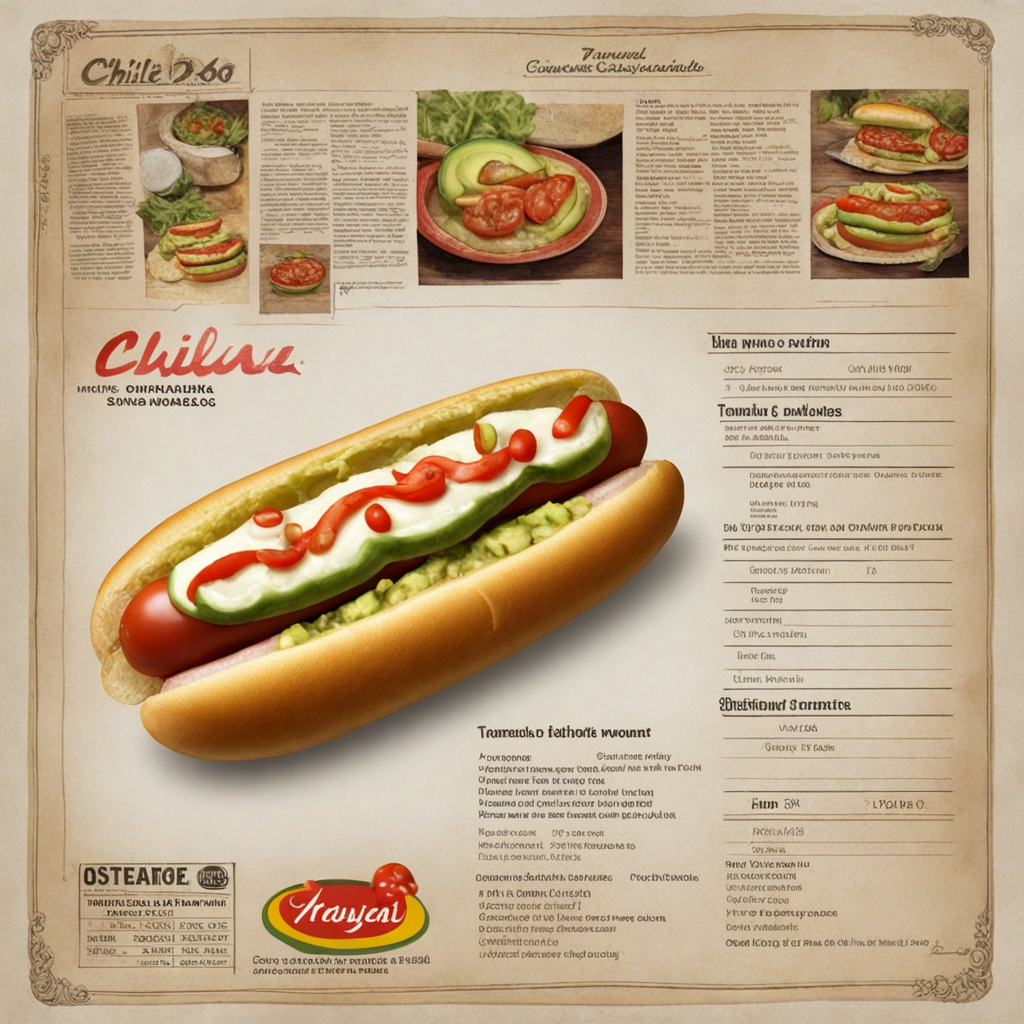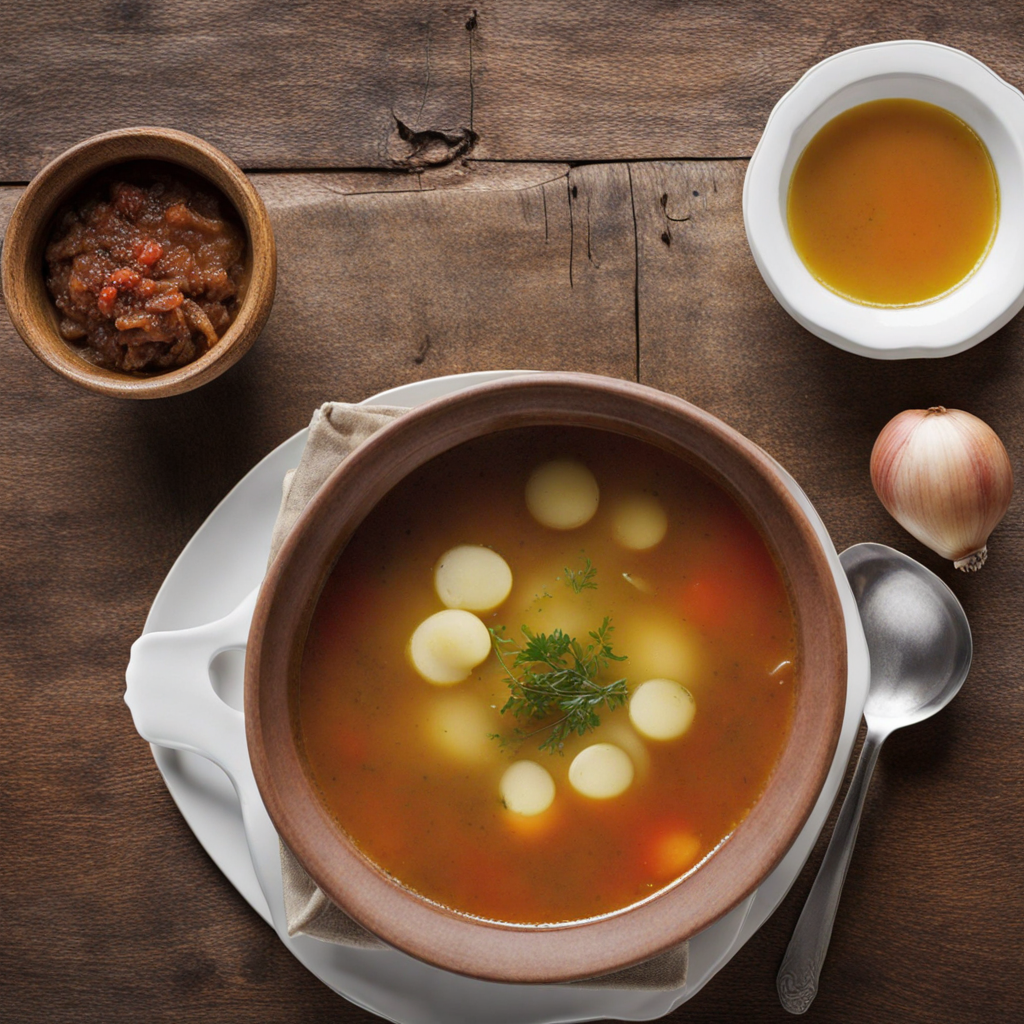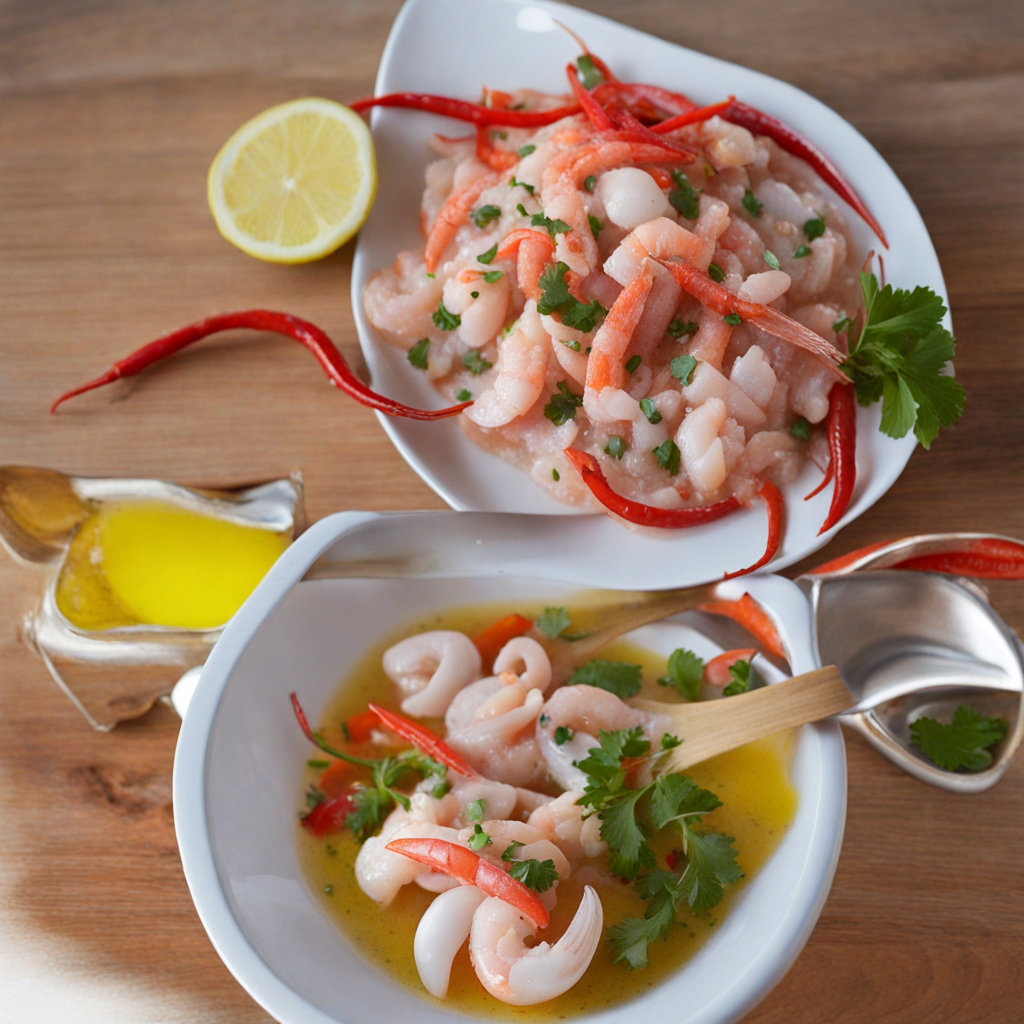Completos
Completos are a beloved Chilean street food that takes the classic hot dog to an entirely new level. At its core, a completo consists of a steamed sausage nestled in a soft bun, much like a traditional hot dog. However, what sets completos apart is the extravagant array of toppings that elevate this simple dish into a flavor-packed experience. The most common toppings include diced tomatoes, creamy avocado, mayonnaise, and sauerkraut, creating a delightful combination of textures and flavors that dance on the palate. Each ingredient contributes its own unique character, making every bite a celebration of Chilean culinary culture. One of the standout features of completos is the generous use of avocado, which is often mashed and spread lavishly over the sausage. This creamy element not only adds richness but also balances the savory notes of the sausage and the acidity of the tomatoes. The combination of mayonnaise and sauerkraut introduces a tangy crunch that enhances the overall enjoyment of the dish. While the classic completo is already a hit, there are countless regional variations and personal twists that can be found throughout Chile, each offering its own unique take on this beloved comfort food. Completos are typically enjoyed as a casual snack or a hearty meal on the go, making them a perfect choice for food lovers seeking something both satisfying and delicious. Whether enjoyed at a street vendor, a local eatery, or even made at home, completos embody the spirit of Chilean cuisine—vibrant, bold, and full of flavor. For those looking to explore new tastes, the completo is an inviting gateway into the rich tapestry of Chilean food culture, promising a delightful culinary adventure with every bite.
How It Became This Dish
Completos: A Culinary Icon of Chile When one strolls through the bustling streets of Santiago, the vibrant aroma of grilled sausages, fresh toppings, and rich sauces fills the air, inviting passersby to partake in one of Chile's most cherished street foods: the completo. Often dubbed the Chilean hot dog, completos are more than just a fast food item; they encapsulate a rich tapestry of cultural history, social evolution, and culinary creativity that mirrors the heart and soul of Chile itself. #### Origins of Completos The completo can trace its roots back to the early 20th century, around the 1920s, when hot dogs gained popularity in the United States. As immigrants brought this American influence to Chile, they adapted the dish to suit local tastes. The term "completo" itself translates to "complete," reflecting the dish's generous toppings that elevate a simple sausage into a hearty meal. The first completos were straightforward: a boiled or grilled sausage nestled within a soft bun. However, Chilean creativity soon took over. The local palate craved bold flavors and a variety of textures, leading to the unique toppings that would define the completo. This culinary phenomenon quickly gained traction in urban areas, especially in Santiago, where street vendors began to sell them from carts, making it an accessible and beloved food choice for all. #### Cultural Significance Completos have become an integral part of Chilean culture and identity. They are not merely food; they are a social experience, often enjoyed in a communal setting. Whether at a family gathering, a late-night outing, or a casual lunch, completos bring people together. The dish's popularity soared in the 1980s and 1990s, coinciding with a surge in street food culture, where completos became synonymous with Chile's vibrant street life. The completo is emblematic of Chile’s culinary ethos: an amalgamation of influences and ingredients that reflect the country's diverse geography and history. Its toppings—avocado, tomatoes, mayonnaise, sauerkraut, and sometimes even olives or green onions—showcase the fusion of indigenous ingredients with European culinary traditions. Avocado, or "palta" as it is known in Chile, is a particularly iconic addition, highlighting the country's agricultural bounty. #### Evolution and Variations As completos gained popularity, they underwent numerous adaptations, leading to various regional specialties. The most famous variation, the "completo italiano," is a colorful combination of avocado, tomato, and mayonnaise, representing the colors of the Italian flag. This particular version showcases the influence of Italian immigrants in Chile, who contributed their love for fresh ingredients and flavor-packed dishes. Another popular variant is the "completo con chucrut," which incorporates sauerkraut, reflecting the German heritage present in certain Chilean communities. The flexibility of the completo allows for endless customization, catering to individual preferences and regional tastes. For instance, some vendors offer spicy sauces, cheese, or even fried eggs as toppings, pushing the boundaries of what a completo can be. The rise of fast food chains in Chile in the late 20th century introduced new dynamics to the completo scene, as these establishments began to offer their own versions of the traditional dish. However, despite the emergence of commercial alternatives, street vendors continued to thrive, maintaining the authentic and homemade essence that many Chileans cherish. The tension between modernity and tradition is a recurring theme in the history of completos, reflecting broader societal changes in Chile. #### The Completos Experience A visit to a completo stand is an experience unto itself. Vendors often pride themselves on their unique recipes and personal twists on the traditional fare. Customers can engage in friendly banter with the vendors, who are usually more than willing to share their secrets and stories about their craft. The atmosphere is lively, with the sounds of sizzling sausages and laughter filling the air, creating a sense of camaraderie among patrons. The assembly of a completo is an art form. The vendor carefully grills the sausage to perfection, while the bun is warmed just enough to provide a soft, pillowy base. The toppings are layered with precision; the avocado is often mashed, creating a creamy texture that contrasts beautifully with the crunch of fresh tomatoes. A generous drizzle of mayonnaise ensures that each bite is rich and indulgent. The result is a culinary masterpiece that is as visually appealing as it is delicious. #### Completos and Contemporary Chile In recent years, completos have continued to evolve, embracing modern food trends while staying true to their roots. Gourmet completo stands have emerged, offering artisanal sausages made from high-quality meats, unique sauces, and innovative toppings. These establishments cater to a growing audience that seeks a more refined take on this beloved street food. Moreover, completos have also found their way into the realm of food festivals and cultural events, showcasing Chilean gastronomy on a larger scale. Chefs and food enthusiasts celebrate completos as a symbol of national pride, often experimenting with flavors that reflect Chile's diverse culinary landscape. The dish has become a canvas for creative expression, with chefs incorporating elements from Peru, Bolivia, and even Asian cuisines. The completo is also a subject of nostalgia for many Chileans, evoking memories of childhood and family gatherings. The dish serves as a reminder of simpler times and the joys of sharing food with loved ones, highlighting its emotional significance in Chilean culture. #### Conclusion In conclusion, completos are much more than just a hot dog; they are a symbol of Chilean identity and resilience. From their humble beginnings as an American import to their evolution into a beloved national dish, completos reflect the country's rich history, diverse culinary influences, and the spirit of community. As they continue to adapt and thrive in the modern food landscape, completos remain a testament to Chile's vibrant culinary heritage, celebrating the flavors and traditions that unite its people. Whether enjoyed at a bustling street stand or a gourmet restaurant, completos will always hold a special place in the hearts and stomachs of Chileans, embodying the essence of what it means to share a meal together.
You may like
Discover local flavors from Chile







